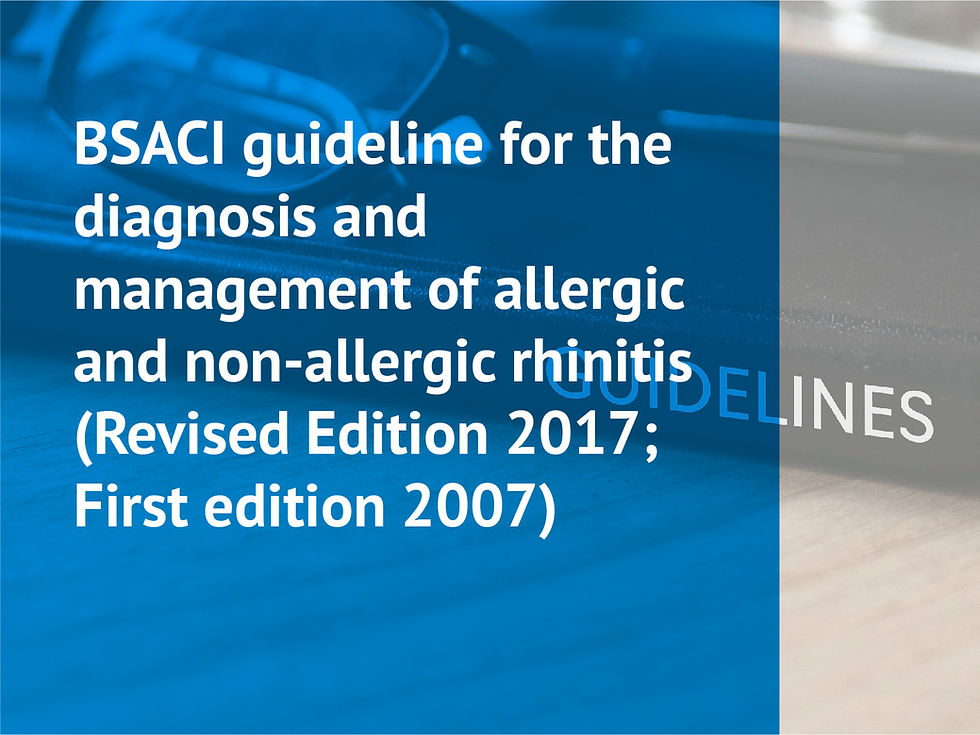Guidelines for Prevention of NSAID-Related Ulcer Complications
- yatidxm
- 27 Jun 2021
- 2 menit membaca
Diperbarui: 4 Jul 2021
INTRODUCTION
Non-steroidal anti-in ammatory drugs (NSAIDs) are valuable agents in the treatment of arthritis and other musculoskeletal disorders, and as analgesics in a wide variety of clinical scenarios. Unfortunately, their use has been limited by their association with mucosal injury to the upper gastrointestinal tract, including the must now balance not only analgesic and anti-in ammatory potency against gastrointestinal toxicity, but must also assess cardiovascular risk for the individual patient in relation to the widely contrasting cardiovascular eF ects of NSAID classes and individual agents. An additional factor added to this issue is the recognition that aspirin and NSAIDs, including Coxibs, may reduce the risk of colonic adenoma and colorectal cancer occurrence or recurrence; as a consequence, the risk / bene5 t for gastrointestinal (GI) and CV events for those on low-dose aspirin and NSAIDs in a theoretically healthy population now confronts us (13 – 14) development of peptic ulcer disease and its complications, most notably upper gastrointestinal hemorrhage, and perforation (1 – 2) . As many as 25 % of chronic NSAID users will develop ulcer disease (3 – 4) and 2 – 4 % will bleed or perforate (5 – 6) . - ese gastrointestinal events result in more than 100,000 hospital admissions annually in the United States and between 7,000 and 10,000 deaths, especially among those who have been designated as being in a highrisk category (7 – 9) . In a large meta-analysis, the overall relative risk for these complications in patients taking NSAIDs was approximately 2.4 (10) . However, this relative risk was markedly increased among patients who fall into various high-risk categories (10 – 12) . Physicians prescribing NSAIDs are, therefore, presented with two problems: (i) identi5 cation of high-risk patients and (ii) the selection of appropriate strategies to prevent peptic ulcer and its complications. Concerns raised regarding potential cardiovascular (CV) hazards of cyclooxygenase (COX)-2 inhibitors and other NSAIDs have complicated clinical decision making further; in selecting an agent for the management of his or her patient, the physician must now balance not only analgesic and anti-in ammatory potency against gastrointestinal toxicity, but must also assess cardiovascular risk for the individual patient in relation to the widely contrasting cardiovascular eF ects of NSAID classes and individual agents. An additional factor added to this issue is the recognition that aspirin and NSAIDs, including Coxibs, may reduce the risk of colonic adenoma and colorectal cancer occurrence or recurrence; as a consequence, the risk / bene5 t for gastrointestinal (GI) and CV events for those on low-dose aspirin and NSAIDs in a theoretically healthy population now confronts us (13 – 14).





